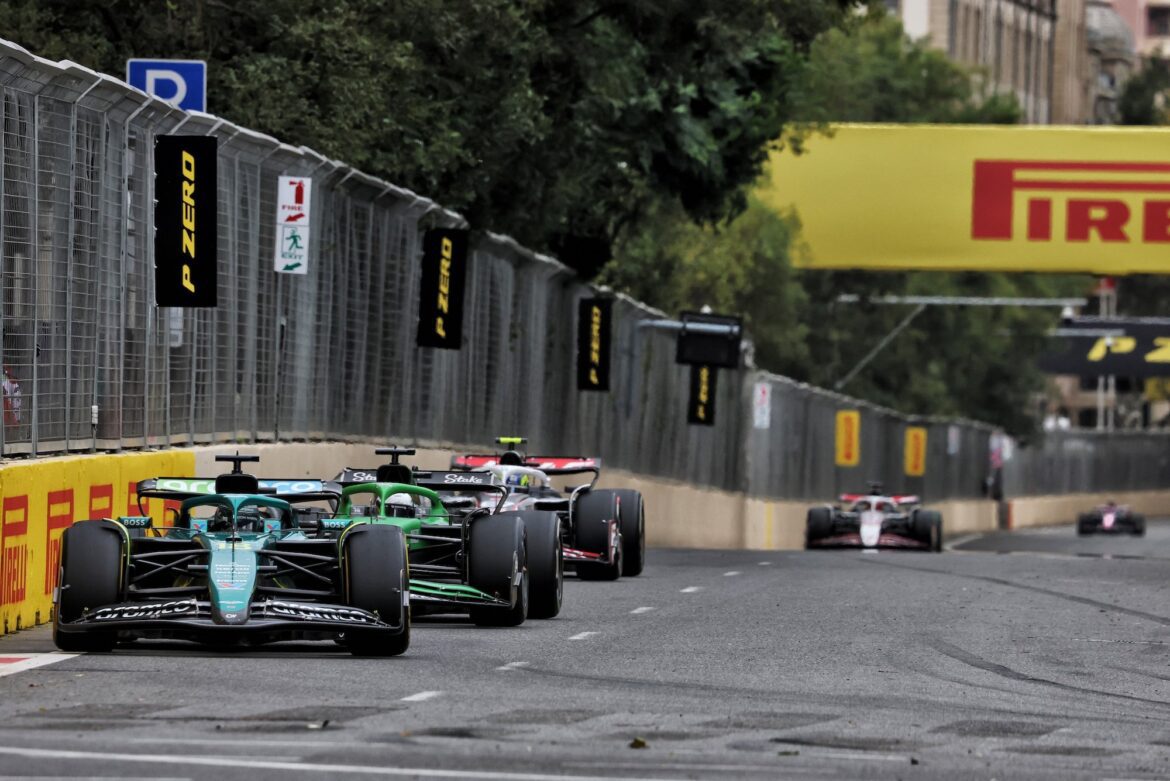The New Era of Formula 1 Financial Regulations: What to Expect in 2026
As Formula 1 gears up for a transformative shift in its financial regulations set to take effect in 2026, teams and fans alike are bracing for a new chapter in the sport. The introduction of a budget cap of $215 million (approximately R$ 1.1 billion) per team marks a significant change in how teams manage their finances. This budget cap will not include driver salaries or the three highest-paid employees within each team, aiming to level the playing field amid the sport’s increasing financial disparities.
Understanding the New Budget Cap
The rationale behind the $215 million budget cap is twofold. First, it reflects the global inflation rates that have accumulated since the implementation of the original spending limit regulations in 2021. Second, it takes into account the introduction of new technical parameters that will debut in the same season. According to Federico Lodi, the director of financial regulations at the FIA (Fédération Internationale de l’Automobile), this increase is not about providing teams with more financial freedom; rather, it is about adjusting the cap to account for costs that teams have already been incurring.
Lodi emphasized that the adjustment is necessary to ensure that teams remain competitive while also adhering to the spirit of the budget cap. "We are merely incorporating costs that teams have already been managing into the new cap," he explained. "That’s why the figure needed to rise."
Challenges of Implementing New Regulations
Crafting these financial regulations has proven to be a complex undertaking. With 11 teams currently competing in Formula 1, each with its unique interests and financial strategies, reaching a consensus has been a challenging process. Lodi noted that if the FIA had made the decision unilaterally, a stricter cap might have been imposed. However, collaboration with all teams has been essential, leading to a range of exceptions—estimated to be between 20 and 25—to accommodate various circumstances.
One notable exception is the case involving Audi, which is set to take over the Sauber operation. Due to the high salaries associated with its Swiss operations, Audi will be granted additional budgetary flexibility. This case exemplifies the need for the regulations to adapt to the realities of the teams involved and their operational environments.
Financial Autonomy for Teams
Another key aspect of the new regulations is the autonomy it grants to individual teams regarding their financial decisions. Lodi pointed out that the new rules do not impose restrictions on specific types of expenses. Each team has the discretion to allocate its $215 million budget as it sees fit—whether prioritizing mechanics, junior staff, or other areas deemed vital for their competitiveness.
This flexibility is crucial for teams that may wish to invest more heavily in their engineering departments or focus on nurturing young talent. The ability to make these choices will likely influence how teams strategize their expenditures in the coming seasons.
The Implications for Competitive Balance
The introduction of the budget cap aims to address the growing disparities between the teams in terms of financial resources. Historically, larger teams with substantial financial backing have been able to outspend their rivals, leading to a lack of competitive balance on the track. With the budget cap in place, the hope is that smaller teams will have a better chance to compete, ultimately enhancing the excitement and unpredictability of races.
By encouraging teams to be more strategic with their spending, the new regulations could lead to a more level playing field. Teams will need to become more innovative and efficient in how they allocate their resources, which could result in surprising performances and closer races.
Preparing for the Future
As Formula 1 moves closer to the 2026 season, teams are already beginning to strategize around the new budget cap. Understanding the implications of these regulations will be critical for success in the upcoming seasons. Teams will need to conduct thorough analyses of their current financial practices and make necessary adjustments to comply with the new rules while maximizing their competitiveness.
The financial landscape of Formula 1 is evolving, and teams that can adapt quickly will likely find themselves in a more favorable position. The potential for greater competition among teams could lead to more thrilling races, drawing in fans and enhancing the overall appeal of the sport.
Conclusion
In summary, the introduction of the $215 million budget cap in 2026 signifies a pivotal moment in Formula 1’s financial framework. By addressing inflation and incorporating new technical standards, the regulations aim to foster greater competitive balance among teams while allowing for financial autonomy in resource allocation. As the sport moves into this new era, teams must prepare for the challenges and opportunities that lie ahead, ensuring that they remain competitive in a rapidly changing landscape.
